A tutorial on the brewing techniques of family hand-made coffee the effect of coffee grindness on its taste

Yesterday, when Zhengzhong Street was focusing on filling the coffee powder in the filter cup, a "onlooker" asked a question about the family hand: why is it so different from what you drink at home when it is the same coffee bean? No matter how the adjustment is not right, which link has gone wrong?
As this partner described, since it was rushed out of the same bean, it means that the problem should come from the extraction. So, Qianjie today to explore the factors that may lead to the bad taste of family hand-made coffee.
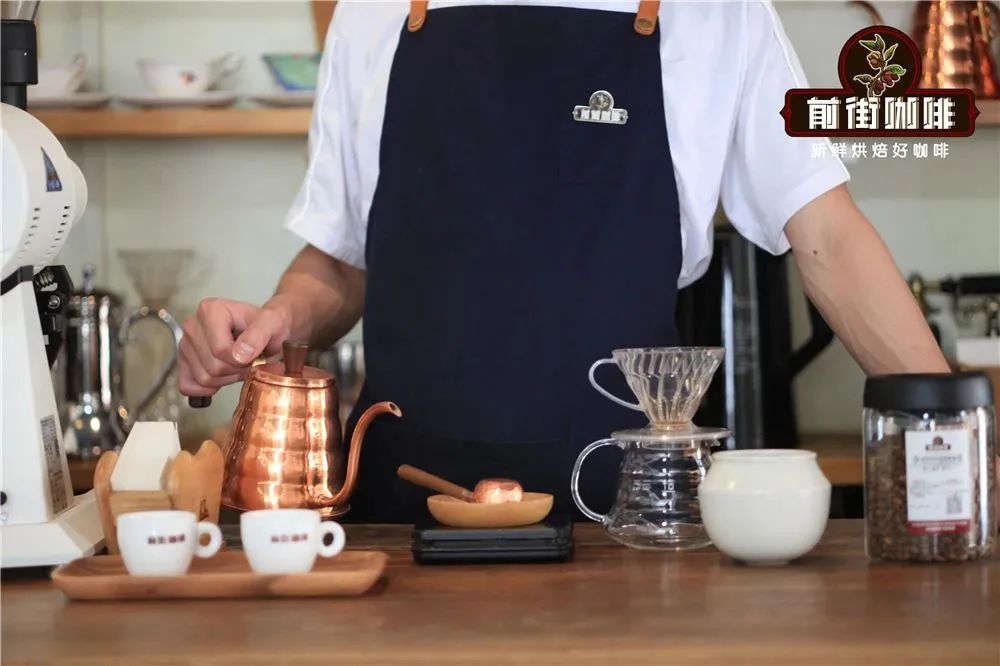
Have you really grasped the grindability of the coffee?
As a kind of filter extraction, the particle size and uniformity of hand-brewed coffee directly affect the quality of coffee. The finer the grinding, the greater the resistance of the water to flow through the coffee powder, thus prolonging the contact time of the powder and water, and the easier it is to cause bitterness, saltiness, sour and astringency. On the contrary, the coarser the grinding, the smaller the flow resistance, and the too short contact time of powder and water will lead to insufficient extraction and light taste. Therefore, it is very important to learn to judge the thickness of the degree of grinding and to find the uniformity at the same time.
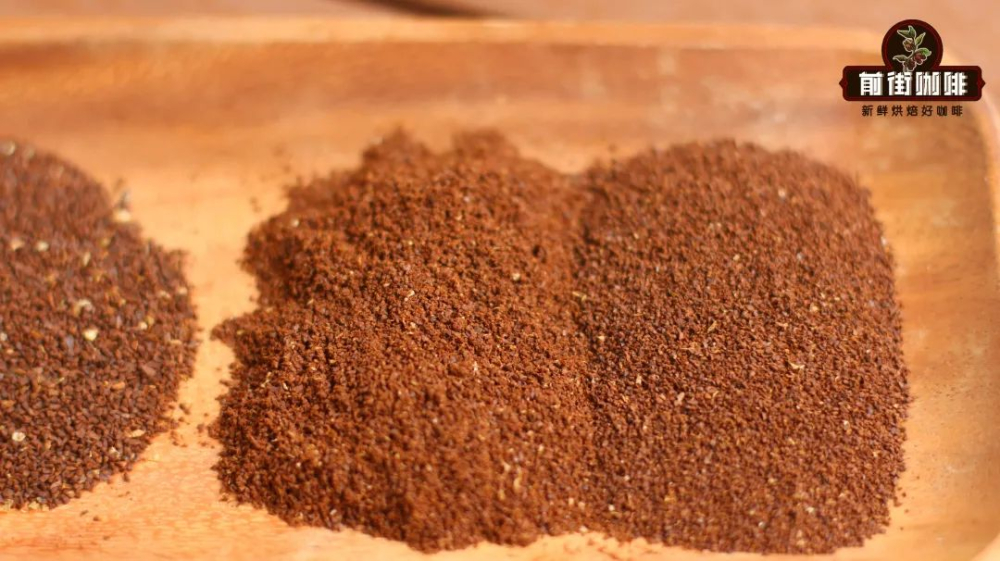
The difference between adding a large amount of ultra-fine powder and screening ultra-fine powder
According to the different roasting degree, extraction method and taste preference of coffee, Qianjie has corresponding grinding degree suggestions, and hand-brewing is most commonly used in fine sugar and coarse sugar. Through visual observation, some friends felt that the coffee particle size roughly met the thickness of sugar and began to brew, and finally found that the tail block was difficult to get into the water, which was often the result of too many fine powder particles.
The better the quality of the bean grinder, the more concentrated the diameter distribution of coffee powder, the less coarse powder and fine powder, and the more uniform the extraction. By the same token, if the grinding quality of the bean grinder is average, there will be more fine powder and more coarse powder. Even if the screening rate reaches the standard, when it comes to the brewing link, the fine powder will first absorb full water and sink into the bottom and accumulate, while the coarse powder will float on the surface, resulting in slow launching and uneven extraction.
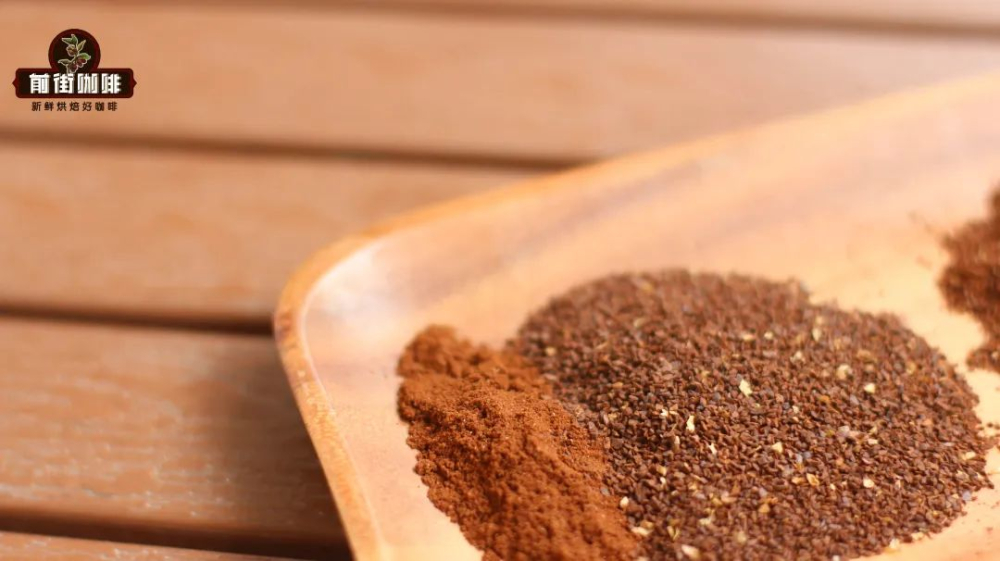
Very fine powder and coarse powder
So, when you are drinking your own coffee and find that the flavor is wrong, you can first observe the particle size of the powder layer (powder pit). Are there any obvious large particles? Is it muddy (too much fine powder)? Think back to whether the speed of launching is too fast or too slow. Find out the reason why the coffee is not good by means of investigation.
The parameters and techniques of "conservative" are the stepping stones for beginners to learn to make coffee.
The reason why Qianjie always emphasizes the importance of cooking parameters is that the effects of basic parameters on extraction are interlinked, and the cooking process can be digitized by using auxiliary equipment. In this way, there are signs that the coffee is not good to drink.
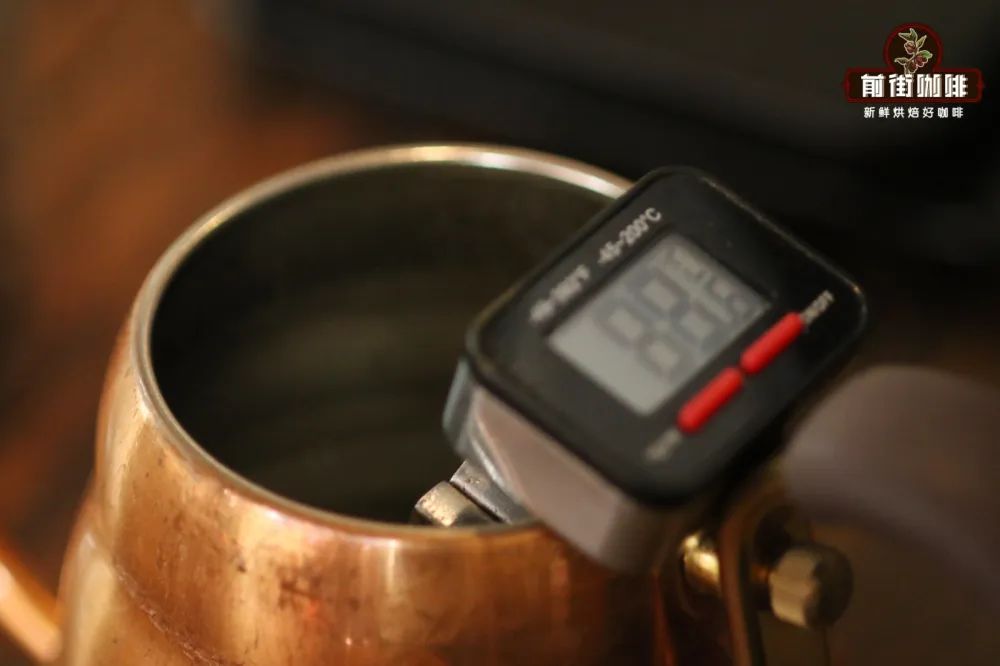
The setting of this cooking parameter is nothing more than four basic factors: powder-water ratio, grinding degree, water temperature and extraction time. Qianjie has also been summarized in many articles. In terms of techniques, Qianjie has always recommended the use of three-stage extraction because under appropriate parameters, three-stage extraction can more fully extract the pleasant flavor substances in the front and middle segment, and at the same time, it can also properly extract the bitter flavor substances in the back segment to increase the thickness of caffeine.
Sometimes, you will see some brewing tutorials online, such as "spinning" or "stirring" in the steaming stage, and different brewing methods will be paired with specific parameters to enhance the taste of the coffee. But Qianjie believes that for beginners, rather than challenging these uncertain flamboyant tricks, they should concentrate on exploring how to extract the right flavor substances from 15 to 20 grams of coffee powder in 1 minute 50 seconds to 2 minutes 20 seconds. It is not too late to understand the rules, and then challenge the difficult techniques.
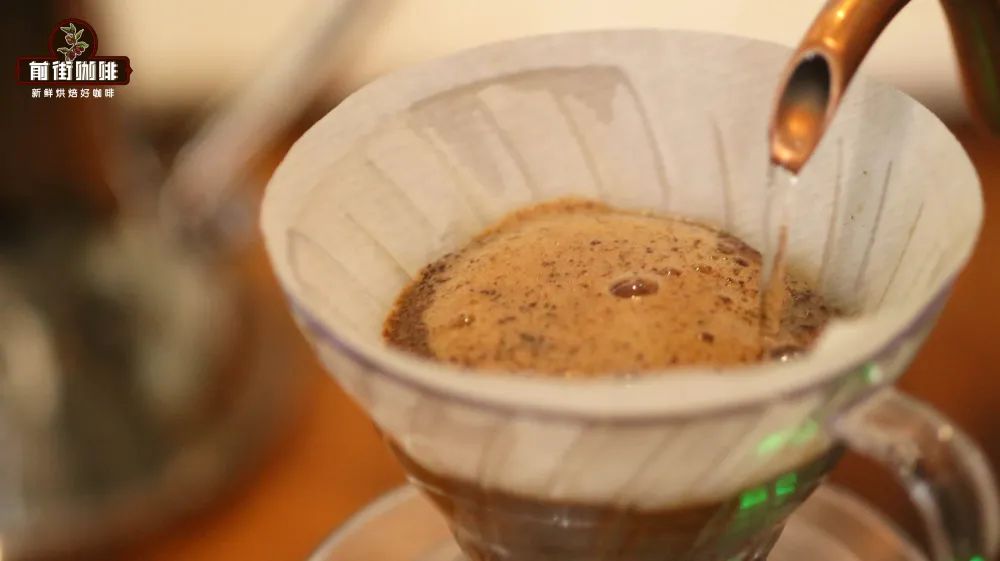
Finally, one factor that may be overlooked: water quality.
According to the research of some mainstream institutions, if the water contains appropriate calcium and magnesium ions, the coffee will taste better. But if there are more magnesium ions, the coffee will be bitter, and if there are more calcium ions, the coffee will taste mixed and astringent.
So when you find that no matter which type of coffee beans, all the brewing parameters and techniques are all right, but every cup of coffee made with your own filtered water still has a negative taste, and the problem is likely to come from the water with the largest proportion. At this time, Qianjie suggested to try to replace it with the common Nongfu Spring on the market. The TDS value is about 50ppm to see if the flavor and taste can be improved.
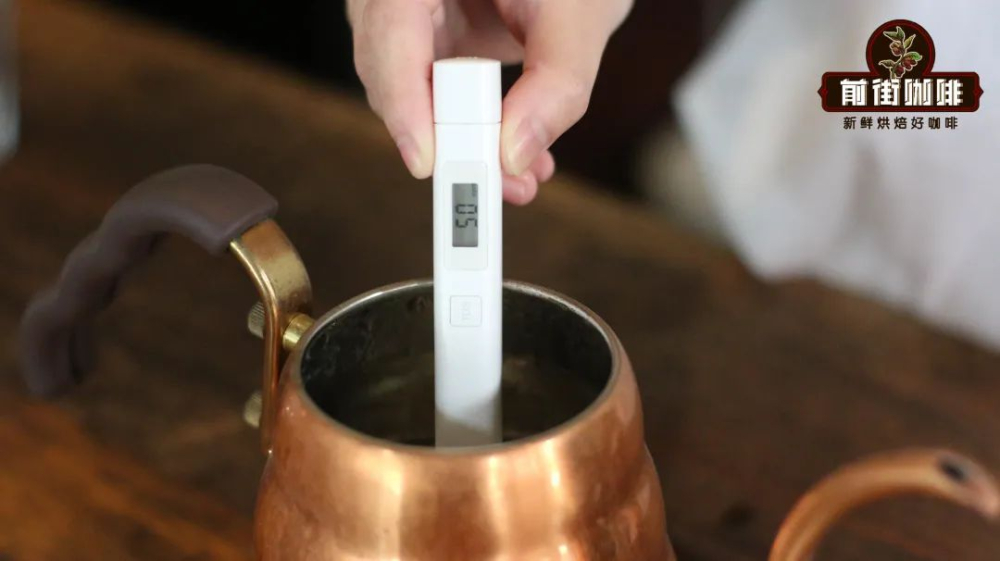
-END-
Front Street Cafe
No. 10 Baoqian street, Yandun road, Dongshankou, Yuexiu district, Guangzhou, Guangdong province

Important Notice :
前街咖啡 FrontStreet Coffee has moved to new addredd:
FrontStreet Coffee Address: 315,Donghua East Road,GuangZhou
Tel:020 38364473
- Prev

The method of making cold coffee in summer! Here comes the illustration of the ultra-simple iced coffee tutorial!
Professional coffee knowledge exchange more coffee bean information please follow the coffee workshop (Wechat official account cafe_style) more boutique coffee beans please add private Wechat Qianjie coffee, WeChat: qjcoffeex "my life! Iced coffee! " Although this is a bit of an exaggeration, it cannot be denied.
- Next

What is the special treatment of coffee beans? Is the coffee treated with anaerobic enzyme fragrant beans?
Have you noticed that coffee beans treated by traditional methods are becoming less and less common in recent years? Even the Ethiopian coffee beans, which are rich in acid, and the Panamanian rose summer coffee beans, which have delicate flower and fruit aromas, are gradually using special treatments. What is Coffee?
Related
- What is the meaning of lactic acid fermentation with coffee bean treatment?
- How to judge the state of foam by sound?
- How does the latte pull out the unicorn pattern? Come to get for a little trick to improve the flower pull!
- Will flower pulling affect the taste of the latte?
- Do you know the history of coffee?
- The difference between honey treatment and sun washing what is raisin honey treatment?
- What kind of milk can a novice use to make coffee foam to keep the foam longer? The correct method and skills of milking tutorial sharing
- Why do washed coffee beans taste sour? Flavor characteristics of washed Coffee
- Introduction to the skill of how to practice the size and height of water injection around the circle of hand-brewed coffee
- How do beginners practice coffee flower drawing from scratch?

